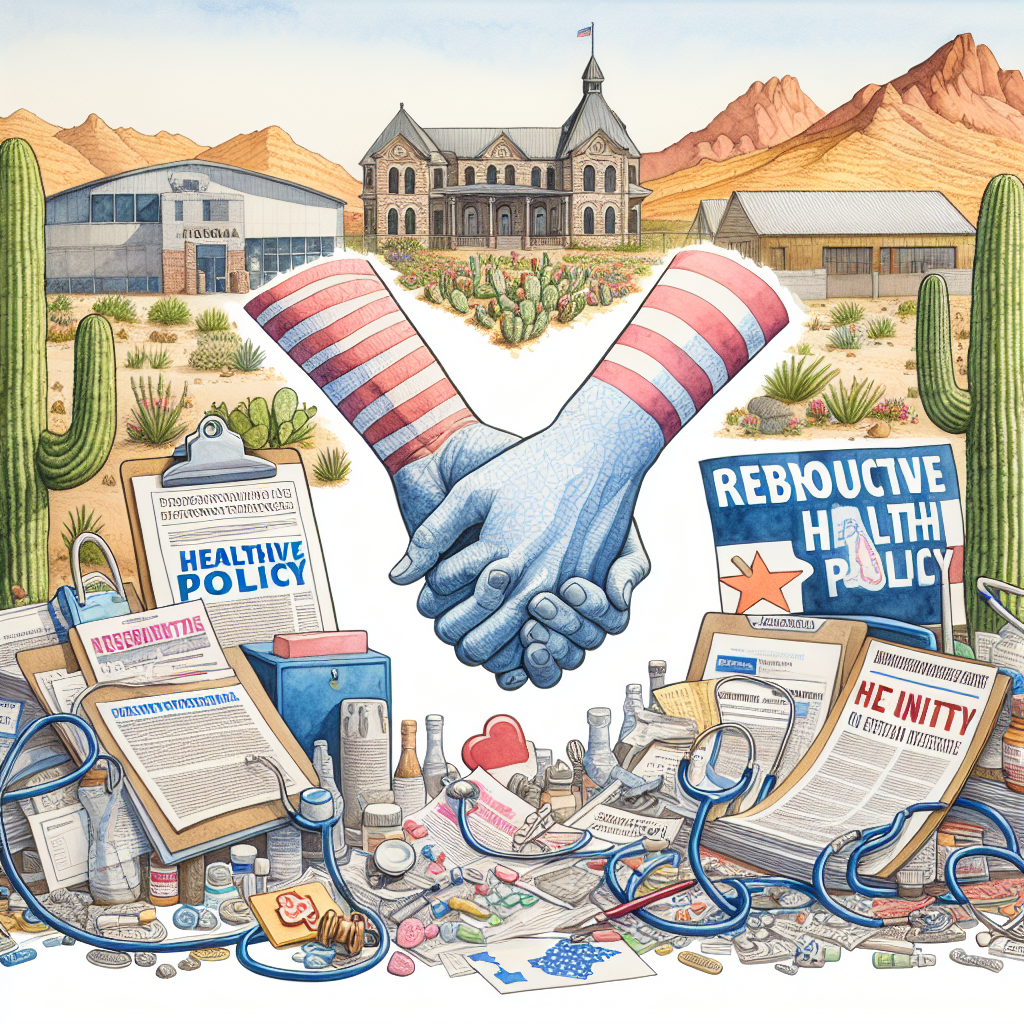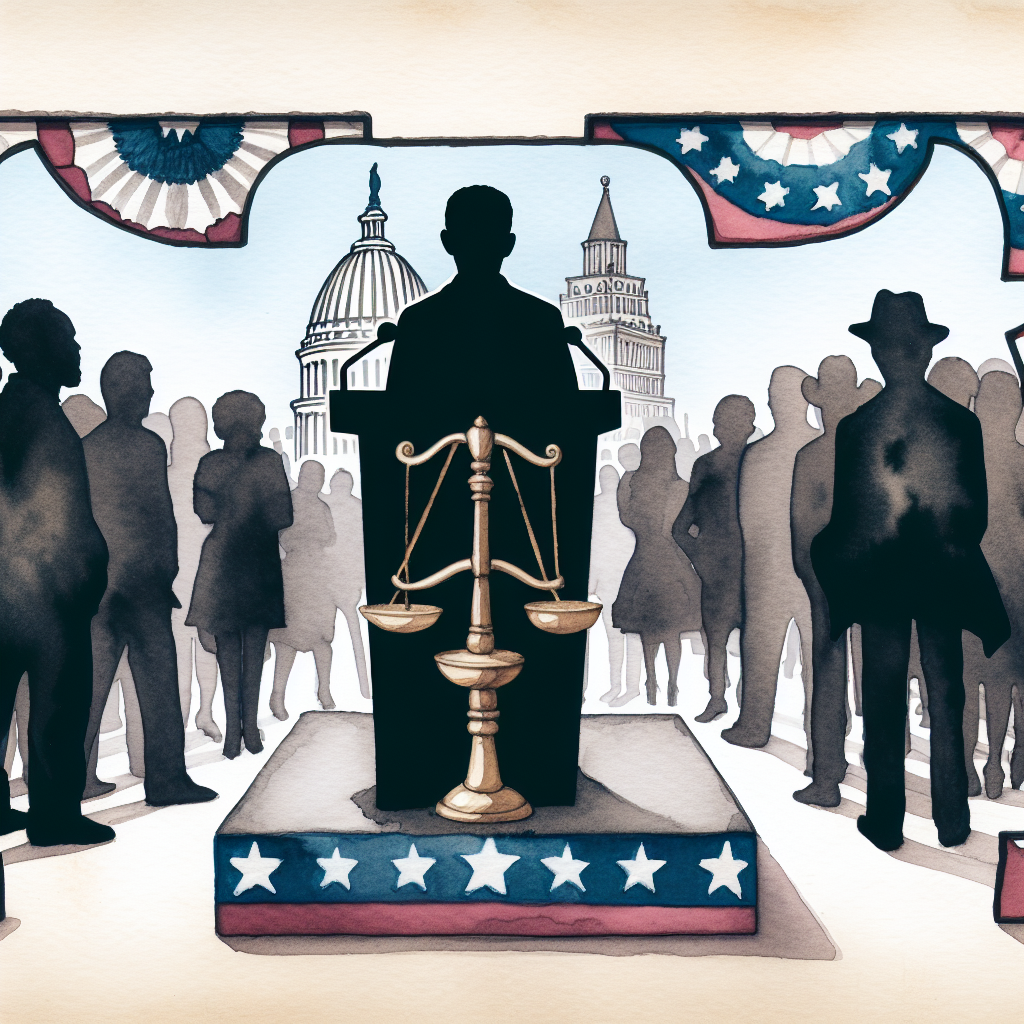- Florida has enacted a law that prohibits abortions after the first six weeks of pregnancy, joining a group of states with comparable restrictions.
- Following the reversal of Roe v. Wade, over 20 states have implemented abortion bans. However, national statistics indicate that the monthly number of abortions has not decreased, and in some instances, has increased compared to figures prior to the Supreme Court's decision.
- In statewide ballot measures conducted since the Supreme Court's overturning of Roe v. Wade, voters in various states have voted in favor of maintaining or expanding abortion rights in all seven instances.
Recent Changes in US Abortion Rights
In recent months, the United States has experienced significant changes in the legal framework governing abortion rights, with states adopting varying policies. The Supreme Court's decision in Dobbs v. Jackson Women’s Health Organization on June 24, 2022, which overturned Roe v. Wade, has left states to determine their own abortion laws, resulting in a diverse array of regulations.
State Responses
Florida, for instance, has implemented a law that prohibits abortion after the first six weeks of pregnancy, a measure that mirrors legislation in two other states. This development has prompted discussions on its impact on access to healthcare and reproductive rights.
In contrast, Arizona has taken steps to repeal a longstanding total ban on abortion from 1864, following a Supreme Court ruling, indicating the changing dynamics of abortion rights in the country.
Kansas has chosen to direct increased funding towards anti-abortion centers, illustrating the state's legislative focus in response to the Dobbs decision. South Dakota has seen efforts to secure reproductive rights through a proposed ballot measure aimed at protecting abortion rights in the state constitution.
Fourteen states are currently enforcing complete bans on abortion at all stages of pregnancy, with limited exceptions. This contrasts with measures by some Democratic-led states to safeguard or expand access to abortion services.
Abortion Statistics and Political Impact
Despite the enactment of more restrictive laws since the Supreme Court's decision, reports indicate that the monthly number of abortions nationally has largely remained stable or has increased, reflecting the complex nature of abortion access and the various means through which individuals may seek abortions.
The political impact of the Supreme Court's decision has been significant, with voters in all seven statewide ballot measures since the Dobbs ruling supporting abortion rights, suggesting a variance between legislative actions and public opinion on reproductive rights.
Voices in the Debate
Advocates and opponents of abortion rights have presented differing views on the implications of the post-Dobbs legal landscape for democracy and individual rights. The debate encompasses not only legislative and judicial arenas but also the broader societal discourse on reproductive rights.
Prominent figures, including President Joe Biden and former President Donald Trump, have articulated their positions on the matter, with Biden criticizing Trump's role in the Supreme Court's decision and Trump advocating for state-level determination of abortion laws.
Looking Forward
As the United States continues to navigate the outcomes of the Dobbs decision, the issue of abortion rights remains a central topic in political discussions, with upcoming ballot measures in states like Florida, Maryland, and New York focusing on the protection of abortion access. The varied responses by states to the Supreme Court ruling reflect the ongoing national debate over abortion, underscoring the deep divisions and differing perspectives on this issue.







